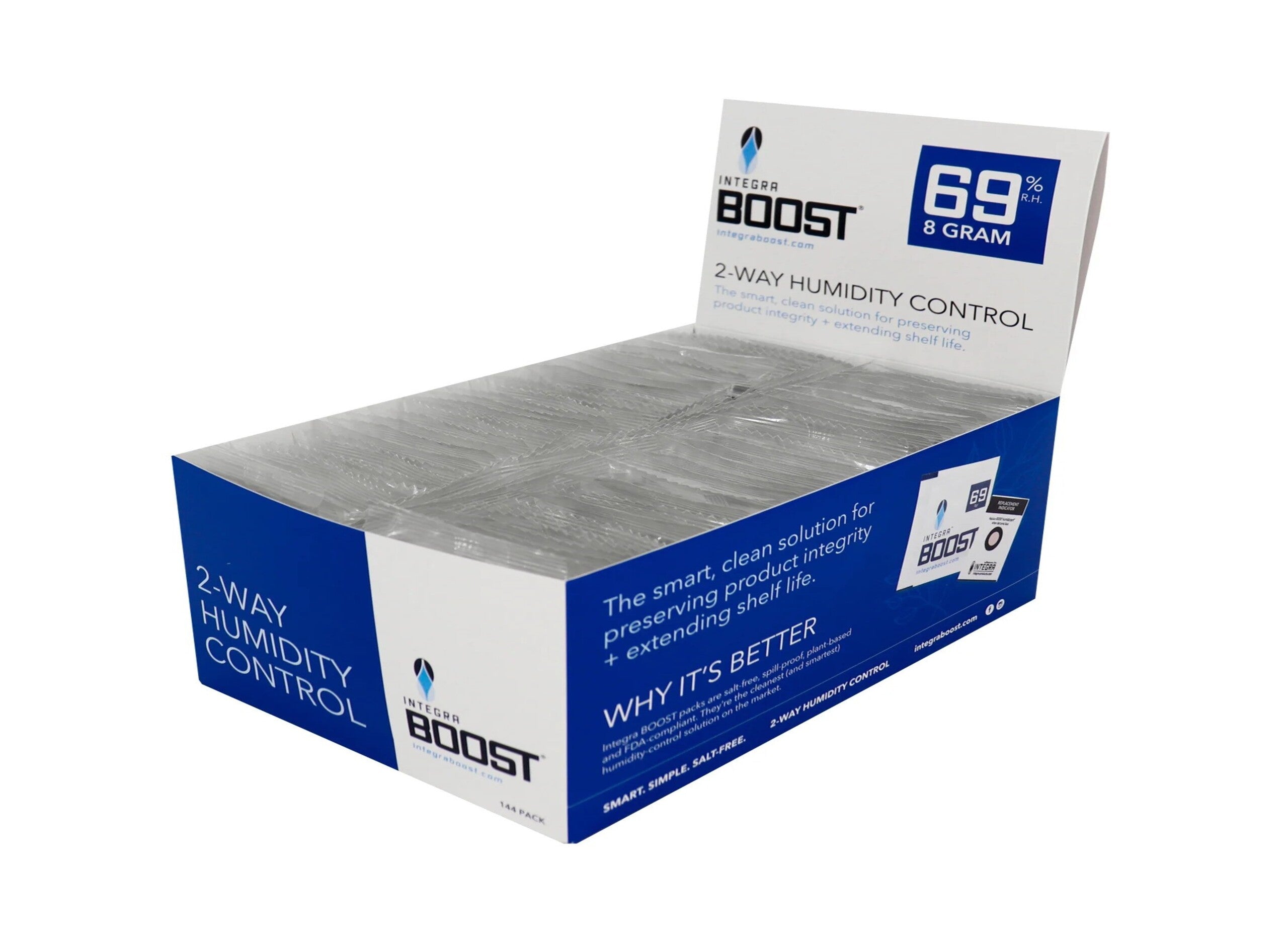Table of Contents
Vaporizing cannabis has become increasingly popular as consumers seek alternatives to traditional smoking methods. The right vaping device can deliver a cleaner experience with potentially fewer respiratory risks compared to combustion. This guide explores the top devices for safely vaporizing cannabis while considering factors like temperature control, material quality, and overall user experience.
Understanding Vaporization: Why It Matters
Vaporization heats cannabis to temperatures that release active compounds without burning the plant material. According to comparative research on smoking versus vaporizing, this process can reduce exposure to harmful byproducts of combustion while preserving terpenes and cannabinoids.
The bioavailability of cannabinoids through vaporization is typically higher than edibles but lower than smoking, offering a balanced approach to consumption. This efficiency means users often need less material to achieve desired effects.
Portable Vape Pens: Convenience and Discretion
510-Thread Batteries and Cartridges
The most common vape pen configuration uses a standard 510-thread battery with compatible cartridges. Quality options feature:
- Variable voltage settings (usually 2.4V-4.0V)
- Draw-activated or button-activated firing
- Battery capacity between 350-1000mAh
- Ceramic or glass cartridges rather than plastic components
For those concerned about safety, look for devices with automatic shutoff features and overcharge protection. Brands that provide lab testing for their cartridges add another layer of consumer confidence.
All-in-One Disposable Pens
Disposable pens offer simplicity but create more waste. When considering these options, look for:
- Devices with food-grade materials
- Clear labeling of ingredients and potency
- Brands with recycling programs
While convenient, the environmental impact of disposables should be considered alongside proper disposal methods. Some manufacturers now offer recyclable components similar to those used in child-resistant packaging to address sustainability concerns.
Desktop Vaporizers: Power and Precision
Desktop units provide superior temperature control and vapor quality for home use. Top models include convection heating systems that circulate hot air through the material rather than direct contact heating. This results in more even extraction and reduced risk of combustion.
Advanced features to look for include:
- Digital temperature displays with precise degree control
- Convection heating technology
- Food-grade air paths (glass, ceramic, or medical-grade stainless steel)
- Balloon bag or whip delivery systems
While more expensive than portable options, desktop vaporizers often represent better long-term value through durability and performance. They're ideal for medical users or those who prioritize precision dosing, as discussed in methods for microdosing cannabis.
Pod Systems: The New Generation
Pod-based vaporizers represent the latest evolution in cannabis vaping technology. These systems feature:
- Pre-filled or refillable pods with built-in coils
- Simplified user experience with drop-in functionality
- Temperature optimization for specific formulations
- Reduced leakage compared to cartridge systems
For new users especially, these devices offer an accessible entry point with less technical knowledge required. Their design often incorporates safety features that prevent overheating or dry hits.
Safety Considerations When Choosing a Vape Device
Material Quality
The materials used in vaporizers directly impact safety. Look for:
- Medical-grade stainless steel, ceramic, or glass air paths
- No exposed glues, solder, or unknown alloys in the vapor path
- CCELL or equivalent certified heating elements
- FDA-approved materials where applicable
Temperature Control
Precise temperature control is crucial for both safety and experience. Lower temperatures (320-356 °F) typically produce lighter effects with more flavor, while higher temperatures (375-430 °F) deliver stronger effects but risk approaching combustion points.
As explained in choosing consumption methods based on desired effects, temperature significantly impacts which compounds are vaporized and when.
Battery Safety
Quality batteries with protection circuits prevent dangerous malfunctions. Features to look for include:
- Overcharge protection
- Short-circuit protection
- Low voltage cutoff
- Thermal regulation
Reputable manufacturers will include these safety features and often provide detailed specifications about their battery components.
Maintenance Best Practices for Vape Longevity
Regular maintenance not only extends device life but also ensures safer operation. Essential practices include:
- Regular cleaning of connections and threads
- Replacing coils or atomizers at recommended intervals
- Proper battery charging and storage
- Avoiding exposure to extreme temperatures
For detailed guidance on proper usage, tips for first-time users provides valuable information that applies to vaping as well.
The Future of Cannabis Vaping Technology
The cannabis vaping industry continues to evolve with innovations focused on safety, efficiency, and user experience. Emerging trends include:
- AI-powered temperature control systems that adapt to user preferences
- Biodegradable and recyclable components
- Enhanced filtration systems
- Integrated dosage tracking and management
As research on onset times and duration by consumption method advances, we can expect devices designed to deliver more predictable and customizable experiences.
When selecting a vaping device, consider not just the immediate experience but also long-term health implications, maintenance requirements, and environmental impact. The best device ultimately depends on individual priorities regarding portability, precision, and price point.











Leave a comment
All comments are moderated before being published.
This site is protected by hCaptcha and the hCaptcha Privacy Policy and Terms of Service apply.